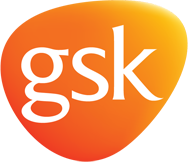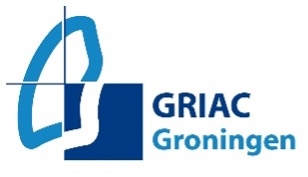A study of genome-wide gene expression in single cells to investigate spontaneous asthma remission
Asthma is a worldwide problem, with an estimated 300 million affected individuals. The prevalence of asthma is highest between 10 and 25 years and gradually decreases at a higher age, the latter indicating that remission rates of asthma have become higher than incidence rates, in adulthood average remission rates of asthma are approximately 2% per year, with a higher chance to become in remission with an earlier onset of asthma, less severe airway obstruction, more severe bronchial hypenesponstveness, and cessation of smoking. Studies on asthma remission have often been hampered by the lack of a clear definition, leading to important variation in criteria for asthma remission. This is especially important because a subset of asthmatics who were considered to be in symptomatic remission in childhood or early adulthood may show a relapse later in life. In these cases, it is questionable whether the right definition was used and whether their asthma was really in remission.
Vonk et al introduced the terms 'clinical remission' and 'complete remission' (Vonk et al Thorax 2004; 59:926-929). Clinical remission was defined as the absence of asthma symptoms and no use of asthma medication. Complete remission of asthma was defined as the absence of asthma symptoms, no use of asthma medication, normal lung function and no bronchial hyperresponsiveness. In a longitudinal study of 119 allergic asthmatic children followed-up for 30 years, Vonk et al found that clinical remission occurred in 30% and complete remission In 22% of all cases.
There is still minimal understanding of the cellular and molecular mechanisms that determine whether or not asthma persists or undergoes apparent spontaneous resolution. Further research in clinical studies is essential for making progress in the identification of new therapies targeted at the regulation of asthma resolution. The aim of the current project is to determine the underlying cell-type specific gene expression patterns involved in remission of asthma by single cell transcriptomic profiling immune and epithelial cells using the 10X Chromium Genomics technology in 4 patient groups for whom biopsy, genetic and phenotypic data are available. They will include from these patient groups: (i) patients with complete asthma remission (ii) patients with clinical asthma remission (iii) patients with active asthma and (iv) healthy controls. High-throughput, high resolution single cell transcriptomic profiling of the immune and epithelial cell populations in the airway wall of these patients will provide unprecedented insights into the cellular immune pathways involved in asthma and its remission.




